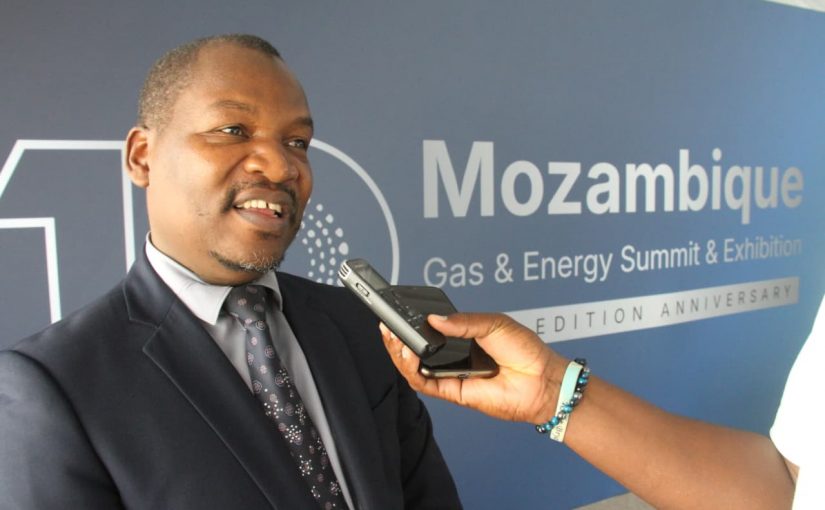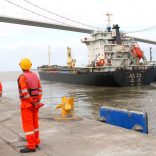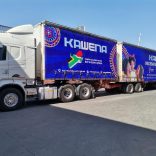Mozambique: Chapo relaunches coastal shipping, announces fiscal incentives- AIM report
Mozambique: Government to boost contribution of logistics to GDP

Photo: AIM
The Mozambican government has set a goal of boosting the contribution from the logistics sector to the national economy from eight to 20 per cent of Gross Domestic Product (GDP) by 2027.
According to the national director of logistics at the Ministry of Transport, Fernando Ouana, interviewed by AIM, the goal may be reached thanks to ongoing structural investments in the sector, at a time when government projections point to a set of projects that could increase the sector’s revenues within two to three years.
“The contribution of logistics is at a minimum. We need to increase it, because the country can survive on logistics, and that is our effort. The Maputo Corridor is a driving force connecting Mozambique, South Africa, Botswana, and Zimbabwe. Currently, investments estimated at about two billion US dollars are under way to expand the capacity of the Port of Maputo, including the modernization of the container and coal terminals”, he said.
He explained that the amount also includes a new railcar unloading system, which will reduce cargo handling constraints at the Port of Maputo “and the Ressano Garcia border crossing is also on the agenda, with joint efforts between Mozambique and South Africa to integrate customs and immigration systems (through a one-stop border crossing), in addition to modernizing kilometre 4, which has become a bottleneck for cargo trucks.”
“The goal is to ensure greater fluidity in access to the port via National Road Number 4 (N4) and to strengthen the competitiveness of the corridor, which serves not only Mozambique but also the interior of Southern Africa”, Ouana explained.
He also explained that work is under way on the railway line to Zimbabwe, an essential infrastructure to attract more cargo from that country and Botswana to the Port of Maputo.
As for the Beira Corridor in the centre of the country, Ouana considered it “vital for Zimbabwe, Zambia, and Malawi, but it faces serious constraints. At the Port of Beira alone, investments are under way to modernize terminals and acquire new equipment”.
According to Ouana, another challenge is fuel handling congestion at the Port of Beira. The goal is to increase the fuel terminal’s capacity from three million to five million cubic meters.
“In parallel, a new pipeline is being studied to connect the Port of Beira to Harare, the Zimbabwean capital, easing tanker truck traffic and reducing logistics costs for Zambia and other markets”, he said.
In the north, Ouana spoke of the Nacala Corridor, which boasts the country’s most modern port but lacks greater rail integration to reach its full potential. He said that “Nacala can become a structuring hub for regional integration if we can extend the railway and attract consistent volumes of cargo from Zambia and Malawi.”













Leave a Reply
Be the First to Comment!
You must be logged in to post a comment.
You must be logged in to post a comment.